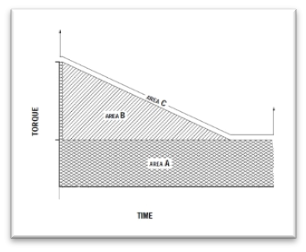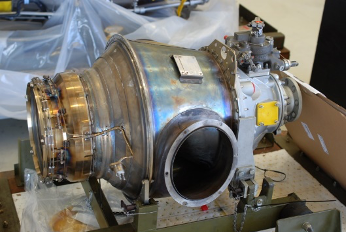From time to time, I would like to talk about unscheduled events on the PT6A engine. Unscheduled events are the incidents that none of us want or need, but they do happen despite our best efforts. There is a pretty big list in the maintenance manual of events that Pratt & Whitney Canada describe as unscheduled events. They cover everything from a prop strike to immersion in water. I will try and discuss these events; however, the list is too long to discuss in one article. In this article let’s look at some exceedances; specifically, we will look at over torque and over temperature.
When either a temperature or torque event occurs, information is going to be key. Knowing the answer to the following questions is extremely important: How far above redline? How long did it stay above redline? This information helps the engine shop determine the work scope required to return the engine to service. This is where the MVP-50T or any engine monitoring system comes in handy. Data that is recorded can be downloaded and provide accurate readings on exceedance and duration. When something outside the ordinary happens, the pilot can be busy, the most important thing is to get the airplane safely on the ground. That is why engine monitoring systems are a benefit to an operation.
When one of these types of unscheduled event occur, you may be asked to complete a service information letter Gen-135. This is a form describing the circumstances of what occurred. If the engine is still under warranty there may also be a requirement for a second form to be completed by Pratt & Whitney Canada. Ask for help if needed, we always want to make sure that you don’t inadvertently cause yourself struggles and pain by not crossing all the t’s. You can also visit about what needs to be done with your Pratt & Whitney Canada field service rep or C-First.
Now if an over temp event has occurred or is suspected, what is the first step? First thing we must do is to make sure the indicating system is functioning properly. Make sure what the pilot witnessed was being accurately reflected in the cockpit. Next, we must discuss the over temp event. Key components of this event are peak temp reached and duration. The maintenance manual has a chart where you can line up the temp and time, the chart will provide the maintenance requirements. There is a limit where if the event occurred in the range no action is required. The next level is to determine and correct the cause of the overtemperature. A visual inspection of the engine may also a maintenance requirement after an over temp. As temperature and duration go up, so does the level of maintenance. If it cannot be determined how long the event lasted or what the peak temperature reached was, then one must assume worst case. Engine removal and engine shop visit is required for all Area C category events. You will need to indicate “Unknown Temperature” when sending the engine in for inspection when temperature cannot be determined. This is the signal to the engine shop on how to proceed. The inspection process can include destructive testing of at least two of the compressor turbine blades, followed by other inspections requirements in the PT6 manual. These actions are for over temp events that are not at start. If you have an exceedance of temperature on startup there is a separate chart to determine what steps must be taken.
In the maintenance manual, it also discusses inadvertent cut-off and relight of the engine during taxi. This is an event of its own and should be handled as stated in the maintenance manual. We have seen issues directly linked to inadvertent cut-off and relight, including failure of the compressor turbine blades. It is extremely important to follow the inspection criteria when you have such an event.

Shifting focus to over torque, like the over temp event there is a chart with duration on one side and maximum torque reached on the other. Maintenance requirements are from no maintenance action to return the engine to the shop. If you fall in between those categories, there are actions to monitor in your engine. First, we want to verify the indicating system is accurate. Next look at the oil system, we are looking for metal and debris in the oil. Rotate the propeller listening for unusual noise. Pull the chip detector(s), oil strainers and the oil filter and look for debris. If everything looks and sounds normal, run the engine. Make sure that nothing has changed in propeller operation such as acceleration on start or abrupt deceleration on shutdown. Run the engine to a specified power setting as set out in the manual. Once the engine run is complete, pull filters, strainers and detectors again looking for debris. Then follow up this same round of checks in the prescribed time in the future. For instance, in one manual we run the engine at 80% for 10 minutes and make our checks. Preform the checks again in one week/25 hours minimum.
If you have an over torque that is in the top of the chart, which requires removal for inspection and servicing. You can be thankful that the PT6A has a modular design. You might be able to only remove the power section on the PT6A and send it in for repair rather than pulling the complete engine.

I always tell everyone to listen to your engine and watch for changes. The PT6A is a solid engine that will let you know when something is wrong. If you see something in your normal operation of the engine that strikes you as odd or different, ask about it. Talk to your mechanic about what is different, it may be nothing or it may be an indication that something more dramatic could be coming. Finally, if you have an exceedance don’t ignore it. Let’s all hope that we can avoid anything unscheduled.
Please reach out to me at robertc@covingtonaircraft.com if you have any questions and I’ll be glad to assist.



